Earth in My Journey
I wanted to put some earth
in my journey –
get down to the soil,
dig up the loam,
and till it some –
plow and plant a little
in the earth of my life
to see what grows-
I wanted to sow a new
seed in the turf –
to see if a better person
could walk this earth.
By Annette Gagliardi
*Published in the Minneapolis, Southwest Journal, September 21, 2017 and at Origami Poems Project in Feb. 2021.
Earth in My Journey
I never believed I would be lucky enough to travel to Italy, and to Rome to see the Pope in person, and to visit the many Cathedrals and churches there. Yet, it was a perfect way to enrich my spiritual journey, to become more of a practicing Catholic and to deepen my religious knowledge. Now, after several years have gone by, I am still on the journey to become more spiritually mature, to deepen my knowledge of Catholicism and to become a better person. I would go back in a heart-beat, to see the land, travel the path of Catholics and get more Italian dirt in my bones.
It is with humble pleasure I announce that I’ve just published my first chapbook. Actually, I didn’t publish it. Origami Poems at http://origamipoems.org/ did. It’s a micro-chapbook including six poems, that is free to download. The Micro chapbook includes 6 poems on a single theme. The theme I wrote about is a trip to Italy in 2017, which my spouse and I — and about 20 other people, took as we followed our priest to various parts of Italy, culminating in Rome with an audience with the pope. Wow.
I’m going to share a brief bit with you about that trip. And if you would like the micro-chapbook, just go to the website and download it. (see: https://www.origamipoems.com/poets/442-annette-gagliardi )
“The Bay of Naples and the Amalfi Coast in Campania, have had a long and eventful history and abound with archaeological, historical and cultural treasures, some of the richest to be found in southern Italy such as ancient Pompeii, Herculaneum and Paestum.*

We traveled the stretch of coastline, from Sorrento to Positano, to Capri and Pompeii, visiting churches and cathedrals all along the way. The Amalfi coast has been a popular destination since the time of the Greeks and Romans and is renowned for its restaurants and hotels.
You don’t want to drive the coastal highway yourself, especially in a bus. Our driver was my personal hero, as he navigated the steep inclines, narrow bridges and high overlooks. What gorgeous views we had, all the while sitting in the comfort of the ample seats of our tour bus. We went in February which is jacket wearing weather, much warmer than the temperature in Minnesota (USA).
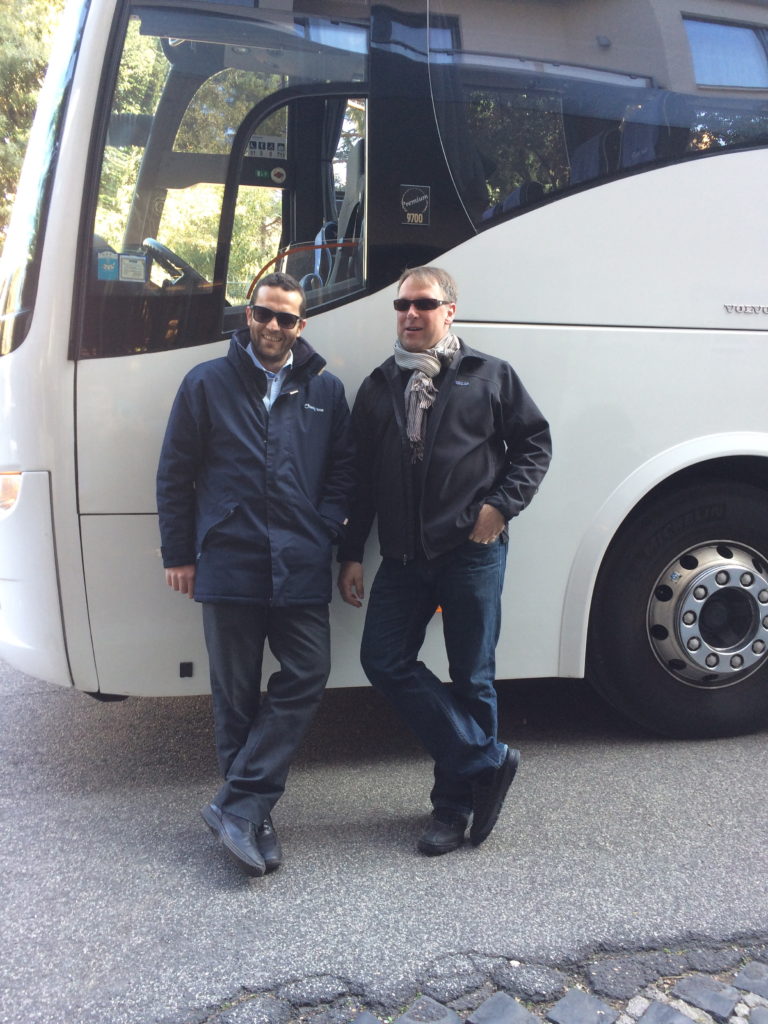
The Amalfi Coast is famous for its production of limoncello liqueur as the area is a cultivator of lemons. They are known as sfusato amalfitano in Italian, which are grown in terraced gardens along the entire coast between February and October. Everywhere we went, we were offered limoncello as an after-meal finish. Sometimes it was fancy with a fresh strawberry or a flower, but most often, just a small clear glass with the clear, lemony liquid. Everyone had their locally made favorite.
There are many vineyards and wineries in Italy, and we were able to take a tour and enjoy wonderful locally made wine with the accompanied cheeses, salamis & breads. That really is the way to enjoy wine.
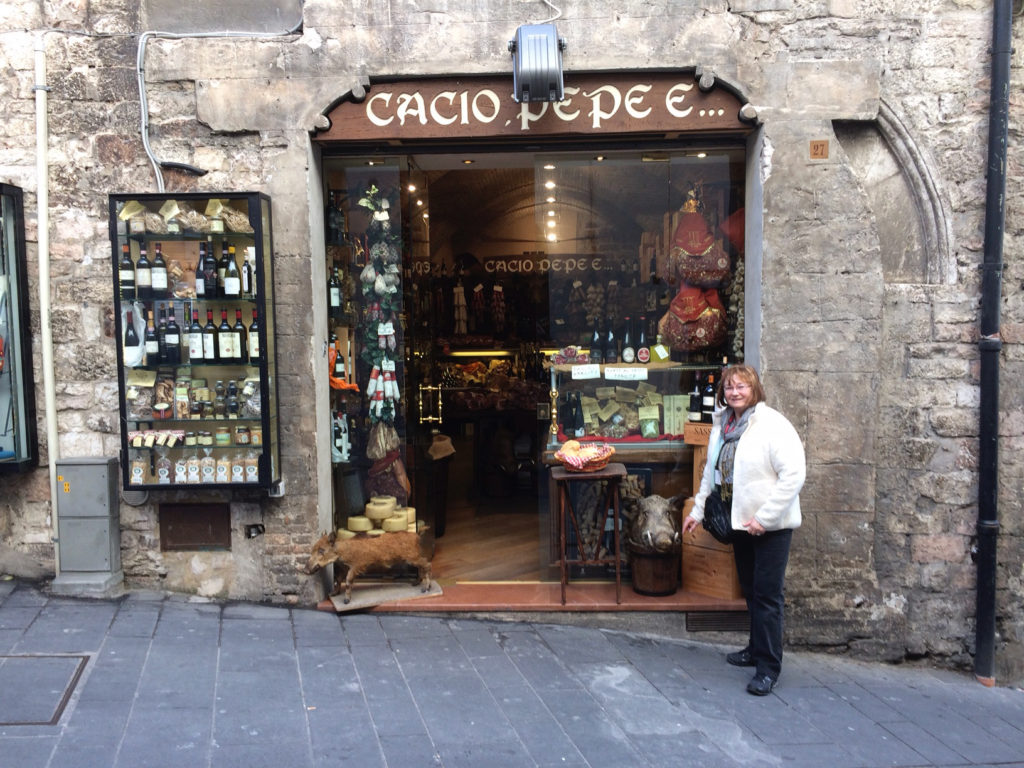
The many small shops in the towns along the coast, filled to the brim with locally produced foods and gifts and odd or unusual items kept our interest and made us feel like tourists. But the cathedrals we visited were breath-taking. We were privileged to have Mass each day in one of the chapels of the Cathedral or central church in the town we were in at the time. We took a trip through history as we saw the various architecture, religious artifacts and contemplated our good-fortune.
The Pope’s Beef Benedict
There is a story we heard that Pope Benedict would visit Castel Gandolfo, his summer residence, to escape the heat of the city (Vatican). While there, he asked his chef to make a special meal with beef. The restaurant where we ate our last big meal before heading home, served up the Pope’s Beef Benedict and it was delicious. Of course, the meal, which served perhaps eight courses included antipasto, salad, pasta, the Beef Benedict, along with other cuts of meat, desserts, plus an ongoing supply of wine was a two-hour banquet.
Frankly, most of what I ate in Italy was really wonderful. I cannot understand why all Italians are not over-weight. The cheeses, the meats, the sauces and of course the pizza and gelato, which were sold everywhere! all so delicious.
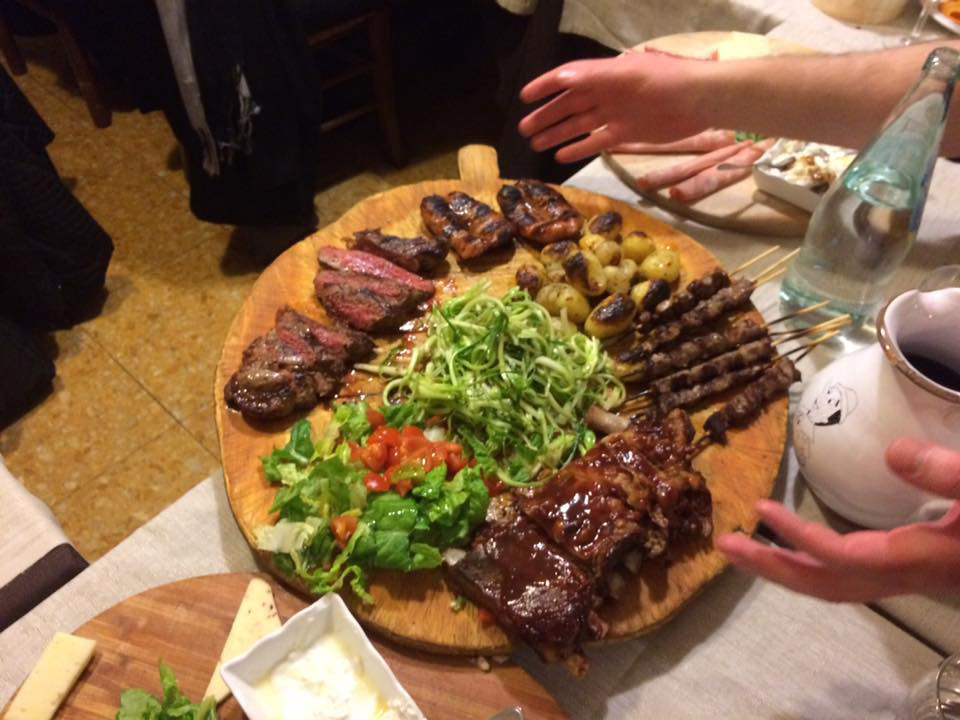
Relics
One of the most amazing things for me to see was the many relics on display in the churches and Cathedrals we visited. They lined the walls in several Cathedrals. In Duomo di Sant’Andrea (the church of St. Andrew), we put on our exercise shoes to climb the more than 100 steps up to the body of the church. The chapel where we had Mass held over two dozen relics, displayed on opposite walls—this saint’s arm, that saint’s skull. I wasn’t prepared for such a large display of other people’s body parts. In the United States, there are relics inside the consecrated altars of Catholic Churches. We are not used to seeing them in open display. In fact, when we visited the Vatican, we viewed body of Pope John XXIII, entombed in a glass coffin, perfectly preserved since his death in 1963. The pope’s body is the most prominent example of a four-decade experiment by the Church to sustain its holy relics.
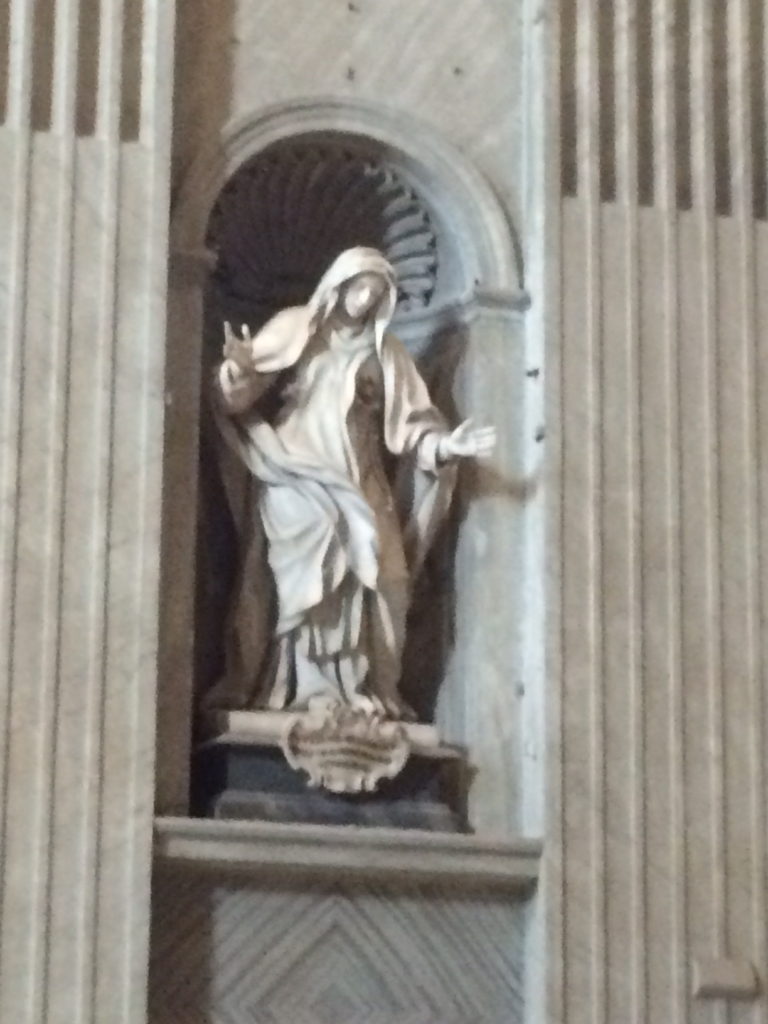
“Relics became ingrained in Catholic Church orthodoxy at the Second Council of Nicaea in 787, when church authorities passed a law stating that every church should have a relic at its altar.” Relics in the Altar: Fr. Dwight Lonenecker
In Assisi
Assisi hosts churches for St. Francis of Assisi and Saint Claire, both where really beautiful. We walked through the Church of St. Francis, and exited the front side door, which took us down a narrow, cobble-stone corridor that smelled of roses. We ducked into a small, humble room with wooden benches around the outside walls and smaller benches lined up in the middle. The altar was unassuming, yet adequate. As we participated in the ritual of Mass, I began to weep. “Sheesh” I thought, “what am I crying about?”
I was feeling a bit overwhelmed with the thought of St. Francis holding Mass in this very space where I was sitting, in the fact that people had been praying and attending Mass for over 800 years in this very room, which seemed to hug me with love and longing. As we exited after Mass, I mentioned to our guide that I couldn’t stop myself from crying. She replied, that this was the chapel of weeping in such a matter-of-fact tone, I believed she had heard my same confession from many others. Glad I’m not alone.
It is so nice to be able to remember the trip (of a life-time) through poetry. I hope you enjoy reading them and tasting a flavor of the journey.
Resources:
Unique Costiera at: http://www.uniquecostiera.com/naplesAmalfiCoastHistory.html
Amalfi coastal pic found at: https://en.wikipedia.org/wiki/Amalfi_Coast
“Panoramic view of the town of Amalfi seen from the pier with the Amalfi Cathedral in the center”
“Relics in the Altar: Where is that in the Bible?” by Fr. Dwight Longenecker
“Vatican’s Secret, and deadly project to mummify saints” by Theresa Potenza, http://bit.ly/3sbS4x4
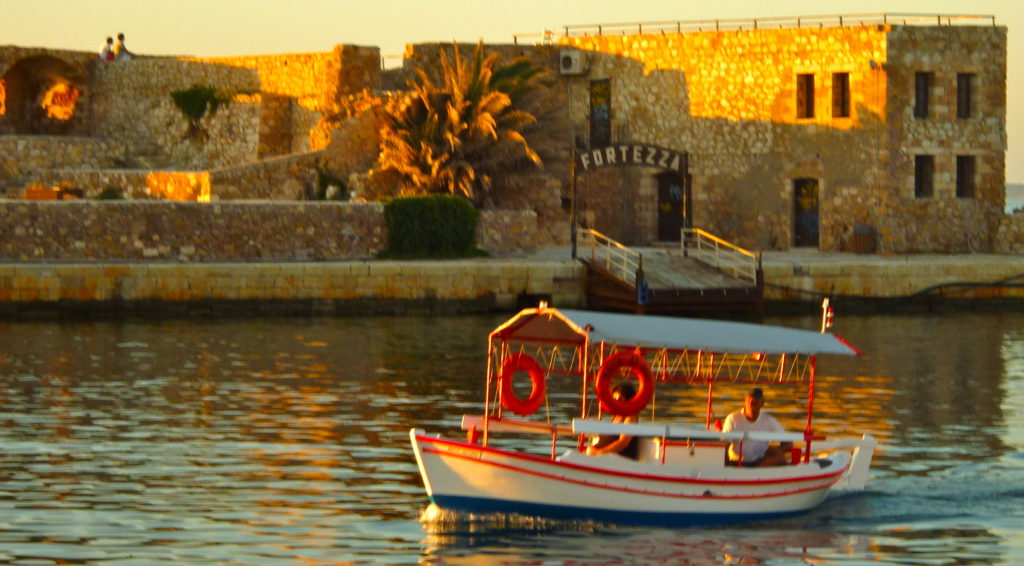
As always, you keep me interested and wanting more. Your descriptions make me feel like I was there with you. Thanks for the wonderful trip. BA
I have been looking for my scrapbook that I made after our trip to Italy. It had so much more description. But, alas, it has been put “in a good place”. Annette